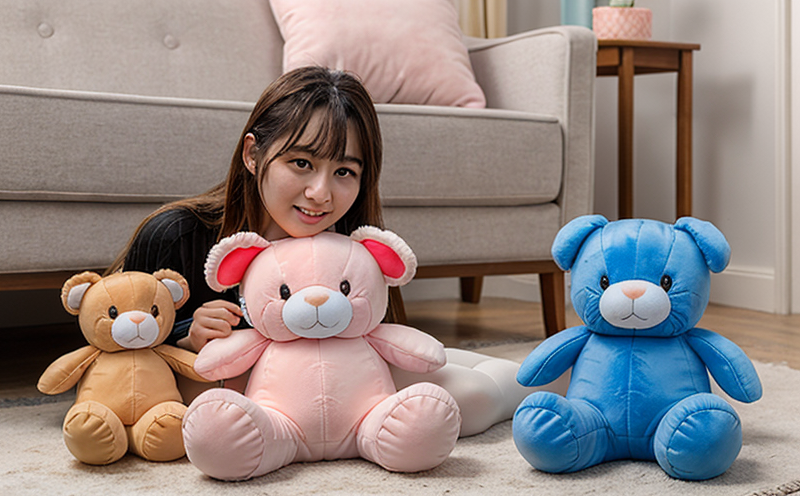EN 71-2 Flammability of Plush and Stuffed Toys
The European standard EN 71-2 specifies the requirements for the flammability testing of toys, including stuffed and plush toys. This regulation is a critical component in ensuring toy safety compliance with international standards.
Stuffed and plush toys are particularly susceptible to fire hazards due to their fabric and fillings, which can easily catch flame or provide fuel for combustion. The standard's primary goal is to protect children from potential burn injuries by minimizing the risk of exposure to flammable materials in toys they may come into contact with.
The testing procedure outlined in EN 71-2 involves placing a sample toy on an inclined metal surface and subjecting it to a flame for a specified duration. The specimen is then allowed to cool, and its ability to reignite or continue burning is observed. This test helps determine the flammability properties of stuffed and plush toys, ensuring they meet stringent safety standards.
Understanding these requirements is crucial for toy manufacturers, quality managers, compliance officers, and R&D engineers involved in the development and production of soft-toy products. Compliance with EN 71-2 is mandatory to ensure that toys are safe for use by children under three years old and to meet EU regulations.
For quality assurance purposes, manufacturers should carefully follow the standard's detailed guidelines regarding specimen preparation, test conditions, and evaluation criteria. This includes ensuring the correct size of the specimen, maintaining specific environmental conditions during testing, and using appropriate apparatus such as the inclined metal surface and flame source specified in EN 71-2.
Real-world applications of this standard are extensive, especially for toy companies that target European markets or those seeking compliance with international safety standards. Compliance officers must stay updated on any changes to the standard to ensure their products remain safe and meet regulatory requirements.
The testing process is designed to be rigorous yet reproducible, allowing laboratories to provide consistent results across different specimens. This ensures that toy manufacturers can rely on accurate data when making decisions about product safety and design.
Benefits
- Ensures compliance with international standards for toy safety, specifically EN 71-2.
- Reduces the risk of fire hazards associated with stuffed and plush toys, protecting children from burn injuries.
- Provides valuable data on flammability properties that can be used to improve product design and materials selection.
- Aids in meeting regulatory requirements for toy safety, thereby reducing legal risks for manufacturers.
Why Choose This Test
The EN 71-2 flammability test is a critical step in the quality assurance process of stuffed and plush toys. By choosing this test, toy manufacturers can ensure their products meet stringent safety standards and comply with international regulations.
This test provides essential data that helps identify potential hazards associated with the materials used in these toys. It allows for the early detection of issues that could lead to fire risks, enabling manufacturers to take corrective actions promptly.
The results from this test are crucial for compliance officers and quality managers as they ensure their products meet legal requirements. This not only protects consumers but also safeguards the reputation of the company involved in toy manufacturing.
Furthermore, the data obtained from these tests can be used to improve product design and materials selection. By understanding which materials pose a higher risk of flammability, manufacturers can make informed decisions about alternative materials that are safer for children to use.
Environmental and Sustainability Contributions
- The standard promotes the use of safer materials in toy manufacturing, which has a positive impact on environmental health.
- By reducing fire risks associated with toys, this test helps prevent accidental fires, thereby lowering greenhouse gas emissions from firefighting efforts and related incidents.
- Ensuring compliance with EN 71-2 can lead to increased consumer trust in toy brands, potentially encouraging more sustainable purchasing behaviors.





